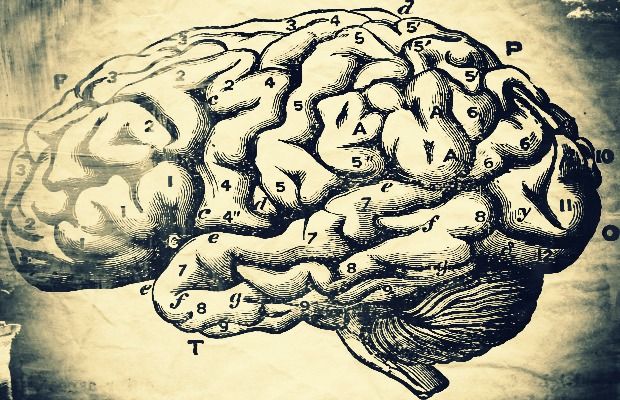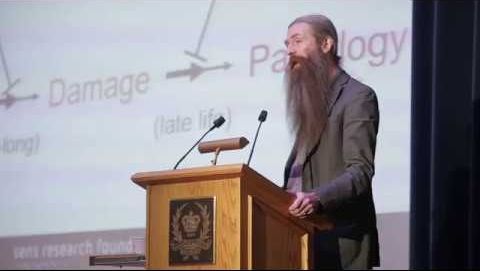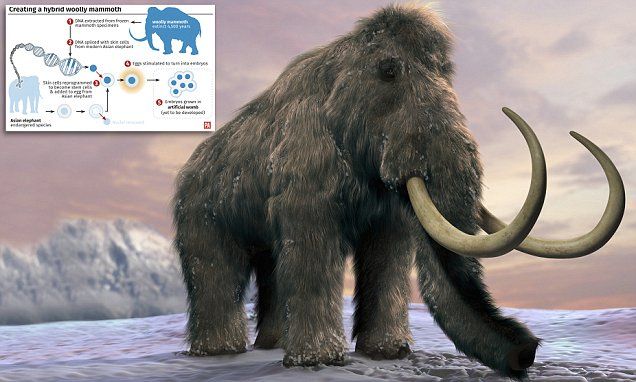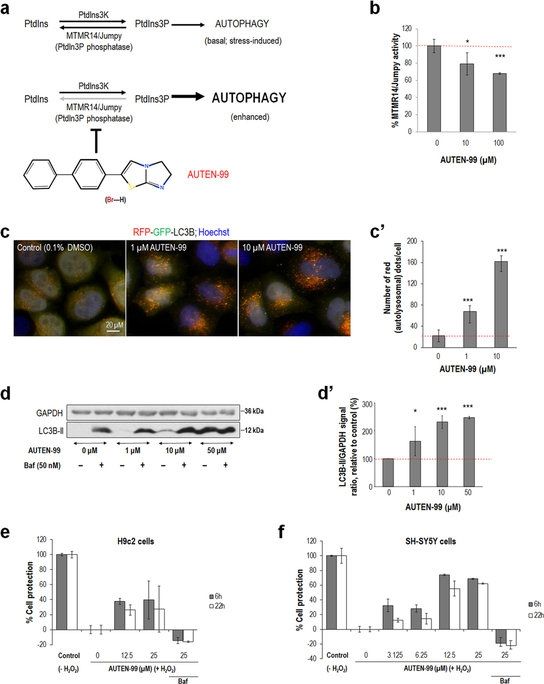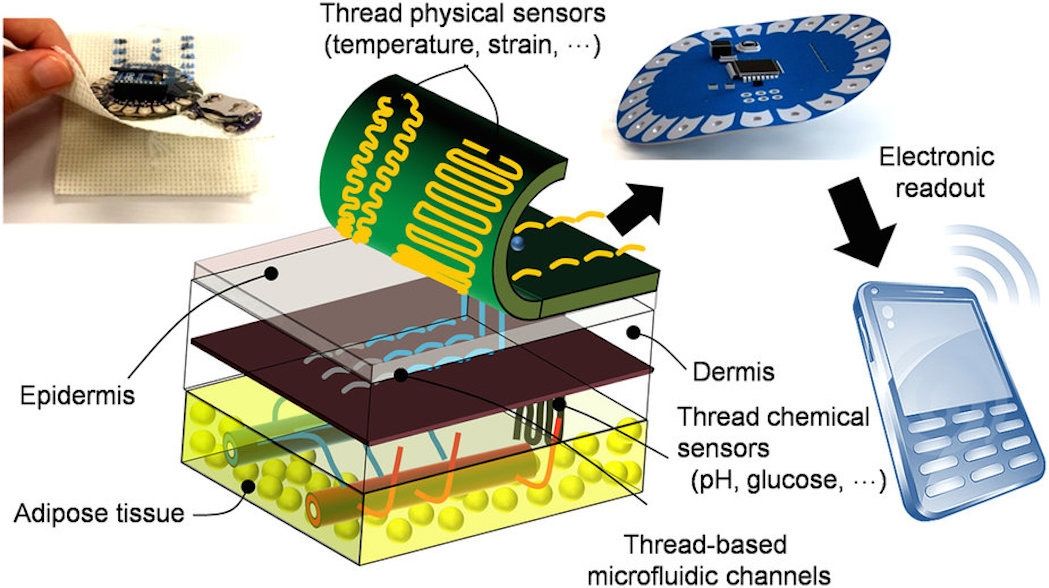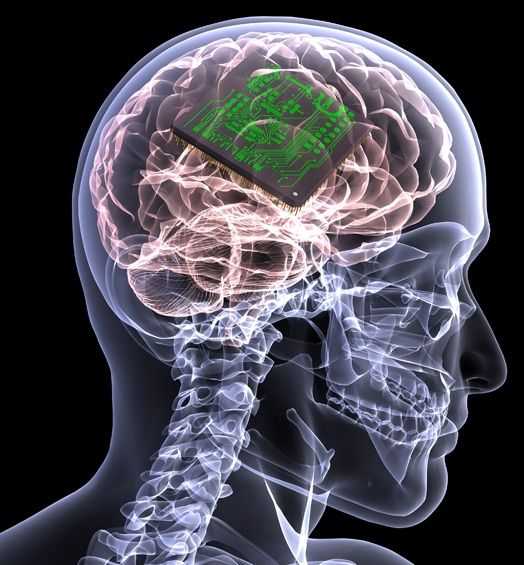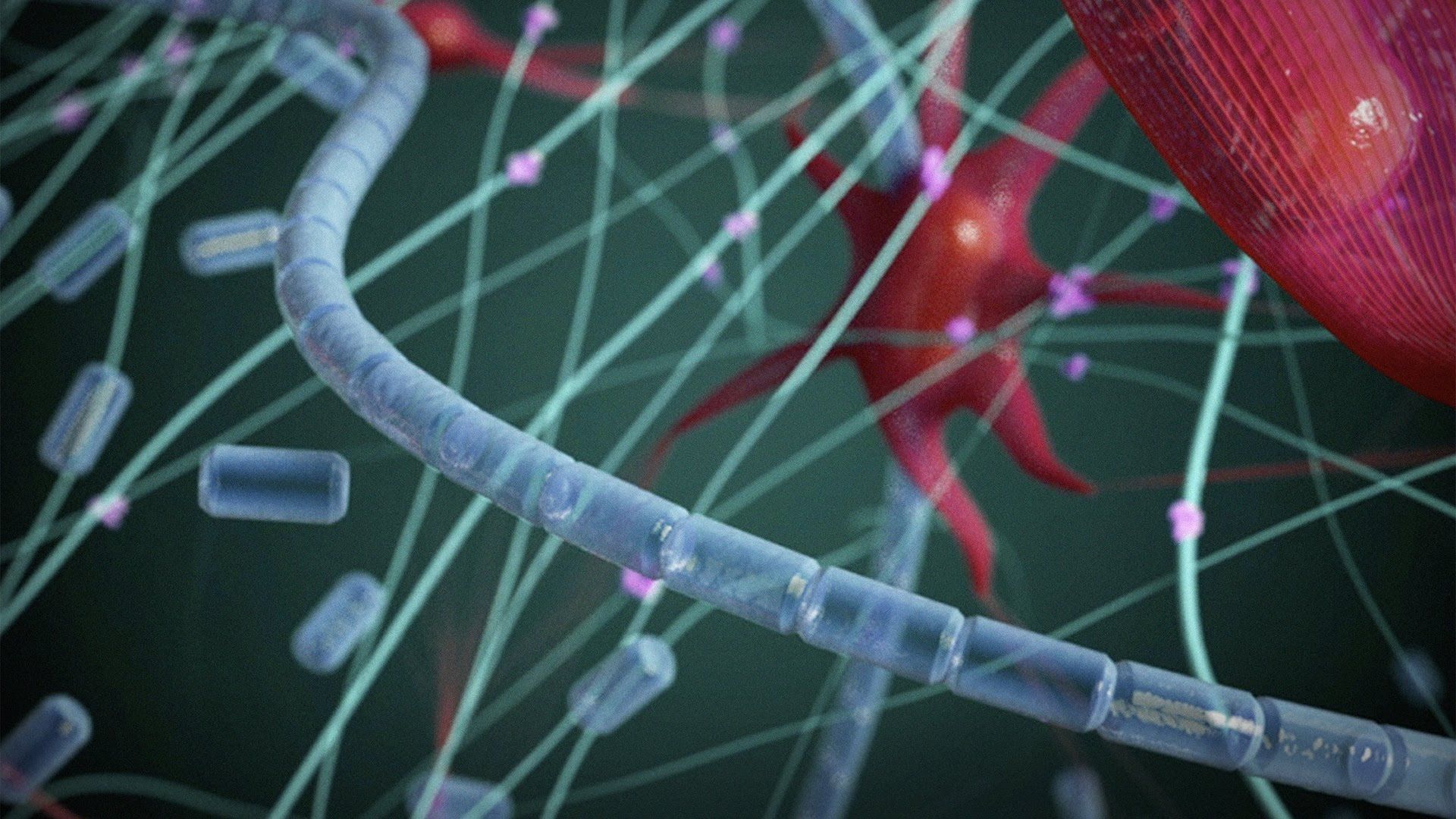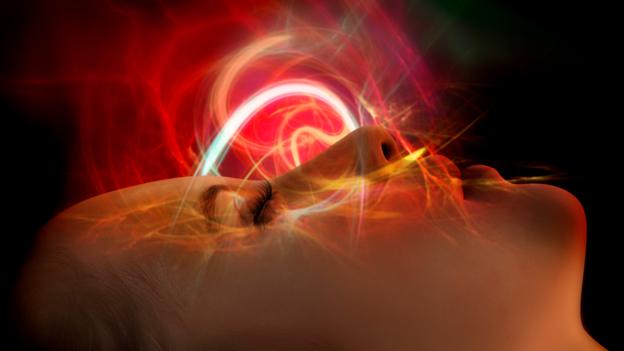Feb 16, 2017
All inherited diseases including cancer ‘could be cured in the next 20 years’
Posted by Karen Hurst in categories: biotech/medical, genetics, quantum physics
Definitely yes on gene mutations; however, those where the disease has already appeared, or cancer that has occurred before will require another form of eradication/ prevention. And, that is where Quantum Biosystem technology will be effective in eliminating disease.
ALL inherited diseases could be cured within 20 years, a leading British expert claims.
It includes eradicating life-limiting conditions such as cystic fibrosis and Huntington’s disease.
Continue reading “All inherited diseases including cancer ‘could be cured in the next 20 years’” »

